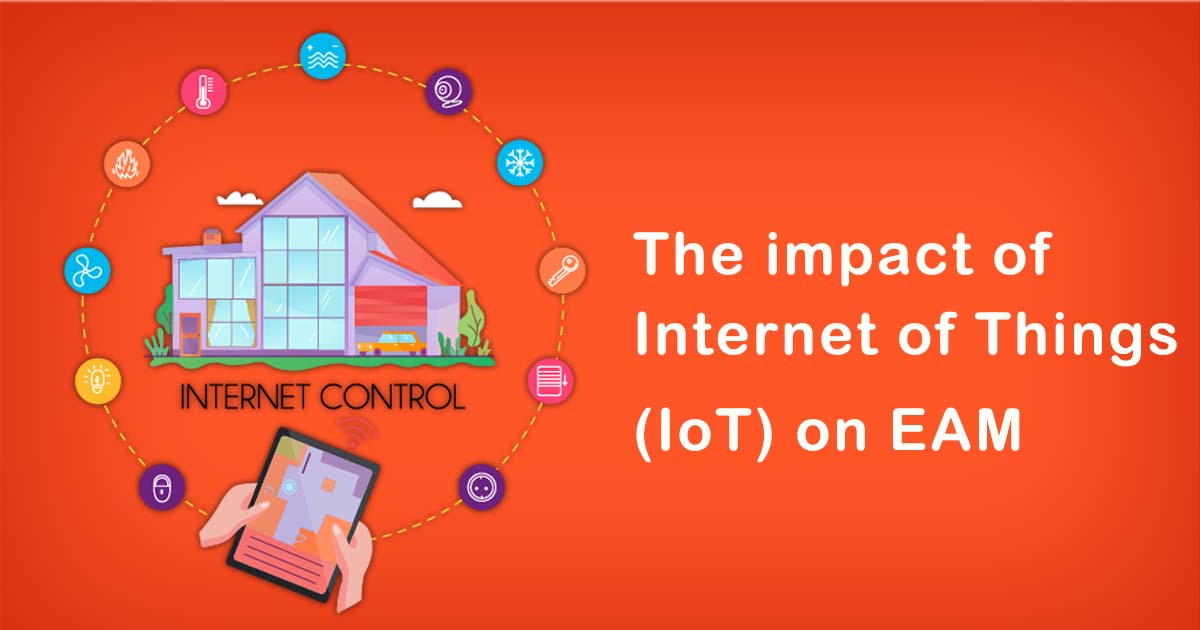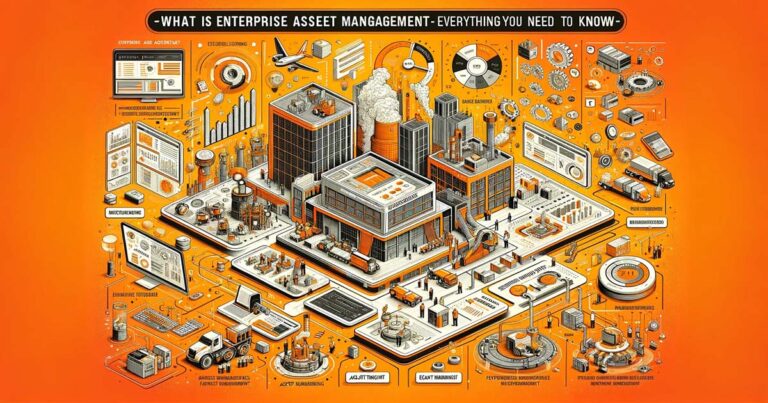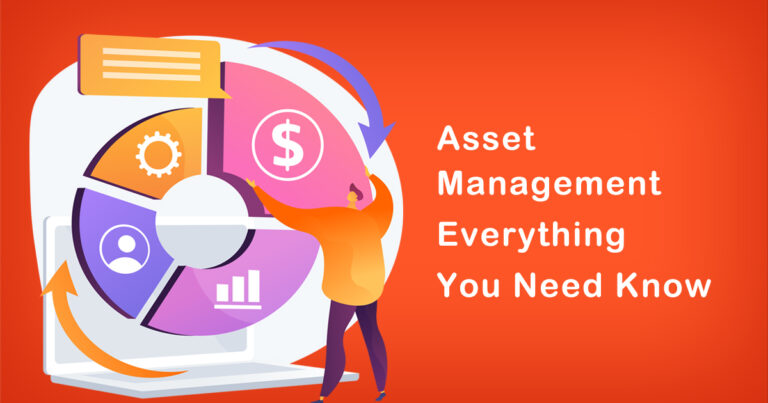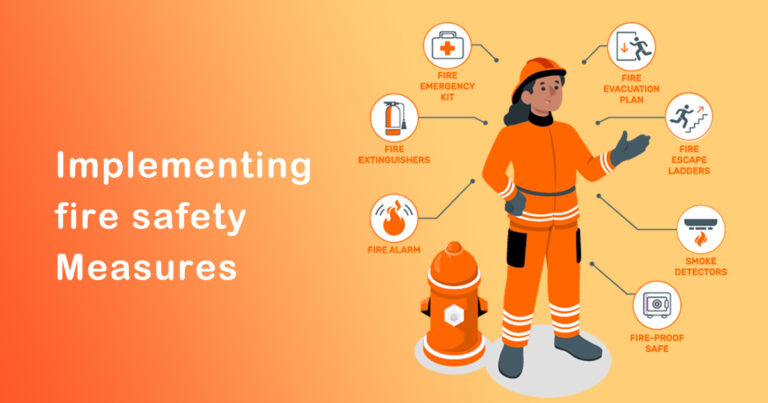The Internet of Things (IoT) has revolutionized the way we interact with technology, making it easier to connect with devices and access information. IoT has found its way into almost every aspect of our daily lives, from smart homes to smart cities. One industry that has been significantly impacted by IoT is Enterprise Asset Management (EAM). In this blog, we will explore the impact of IoT on EAM and its implications in the Indian context.
What is EAM?
Enterprise Asset Management (EAM) is a process of managing and maintaining an organization’s physical assets, such as machinery, buildings, and equipment. EAM involves various activities, including asset tracking, maintenance scheduling, and performance monitoring. The objective of EAM is to maximize the lifespan of assets and minimize maintenance costs, ensuring that they remain in optimal condition for as long as possible.
Impact of IoT on EAM
The integration of IoT technology into EAM systems has brought about significant changes in the industry. IoT-enabled sensors and devices can be attached to assets to collect real-time data about their performance, location, and maintenance needs. This data can be analyzed to identify patterns and trends, allowing for predictive maintenance scheduling and more efficient asset management.
In the Indian context, the adoption of IoT in EAM has been slower than in other countries. However, the government’s push towards digitalization and Industry 4.0 initiatives is expected to drive the adoption of IoT in EAM in the coming years.
Benefits of IoT in EAM
The use of IoT in EAM offers several benefits, including:
1. Improved asset tracking : IoT-enabled sensors can be used to track the location and movement of assets in real-time, allowing for better inventory management and reduced theft.
2. Predictive maintenance : Real-time data collected from sensors can be used to predict when an asset is likely to require maintenance. This helps to reduce downtime and maintenance costs by enabling proactive maintenance scheduling.
3. Improved safety : IoT sensors can be used to monitor the condition of assets and detect potential safety hazards. This helps to prevent accidents and injuries in the workplace.
4. Cost savings : Predictive maintenance and improved asset tracking result in reduced downtime and maintenance costs, leading to significant cost savings for organizations.
Challenges of IoT in EAM
While IoT has many benefits for EAM, there are also some challenges that need to be addressed. One of the main challenges is the integration of IoT systems with existing EAM systems. This requires a significant investment in technology and infrastructure, which can be a barrier for smaller organizations.
Another challenge is the management of the vast amounts of data generated by IoT sensors. Organizations need to have the necessary resources and expertise to analyze this data and use it to make informed decisions.
Conclusion
The integration of IoT technology into EAM has the potential to revolutionize the industry, providing organizations with real-time data and insights into asset performance and maintenance needs. While the adoption of IoT in EAM has been slower in India than in other countries, the government’s push towards digitalization and Industry 4.0 initiatives is expected to drive adoption in the coming years. The use of IoT in EAM offers several benefits, including improved asset tracking, predictive maintenance, improved safety, and cost savings. However, organizations also need to be aware of the challenges involved in integrating IoT systems with existing EAM systems and managing the vast amounts of data generated by IoT sensors.








